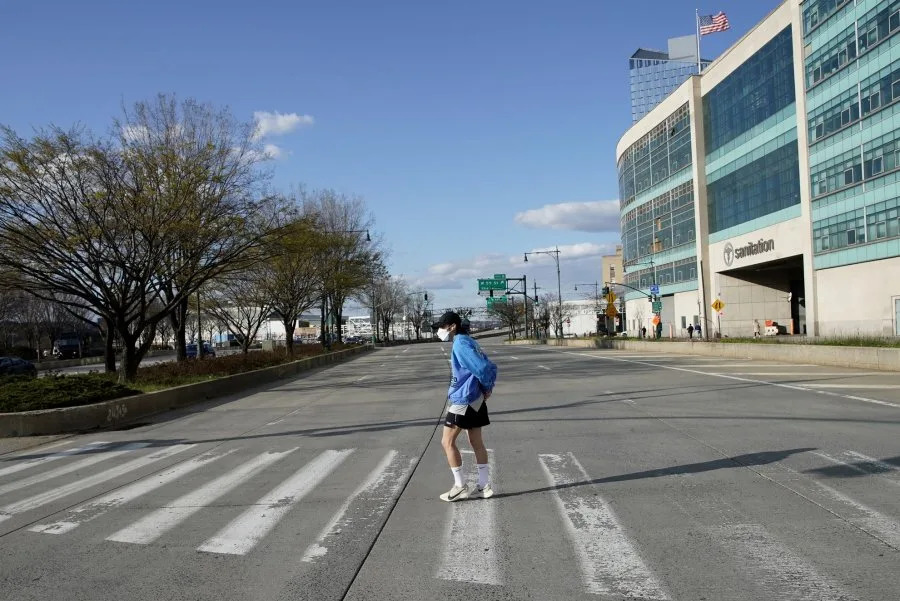Adam Schrader
Sun, January 14, 2024

A man wears a protective face mask crossing a quiet West Side Highway in Manhattan during rush hour amid the onset of the coronavirus pandemic in April 2020.
Jan. 14 (UPI) -- Many cities across the United States could become ghost towns by 2100, according to new research published Thursday.
"Close to half of the nearly 30,000 cities in the United States will face some sort of population decline," researchers from the University of Chicago in Illinois wrote in a journal article published in Nature Cities.
Major cities in the Northeast and Midwest are already slowly losing population. While cities in the South and West regions are experiencing a population increase, some major cities in Alabama, Georgia and Tennessee are slowly depopulating, the researchers found.
Cleveland, Buffalo, and Pittsburgh could see depopulation of 12 to 23 percent by 2100 while cities like Louisville, New Haven and Syracuse -- not currently showing declines - likely could soon.
"You might see a lot of growth in Texas right now, but if you had looked at Michigan 100 years ago, you probably would have thought that Detroit would be the largest city in the U.S. now," Sybil Derrible, one of the researchers, told Scientific American.
The study briefly looked at possible causes for these population changes, from the effects of an aging population to changes in the economy, wages and access to transportation -- as well as things like climate change and similar factors.
"In the Northeast and Midwest, urban cities with lower median household income are more likely to experience depopulation over time," the study authors wrote.
"Such trends could exacerbate socioeconomic challenges experienced by lower-income households in these regions, given that population decline can create affordability concerns with infrastructure services."
Meanwhile, the research showed that urban cities with increasing populations in the South and West tend to have a higher reliance on vehicles. The study was conducted by a team originally commissioned by the Illinois Department of Transportation to analyze the challenges in the state over time.
"In the Midwest, urban cities with both low and high vehicle ownership, defined as percent population with two or more vehicles per household, are likely to gain population along with some suburban and periurban cities with low vehicle ownership," the study authors wrote.
The study also looked at the effects of migration possibly curbing urban population decline in some area. Smaller cities like those on Long Island in New York and around Chicago currently experiencing population loss may still grow thanks to immigration.
"The number of depopulating cities in the Northeast and Midwest will be higher than in the South and West regions (although many cities in the North and Midwest will still grow)," the study reads. "In California, the southern coast may lose population, while the northern coast may gain population."
No comments:
Post a Comment